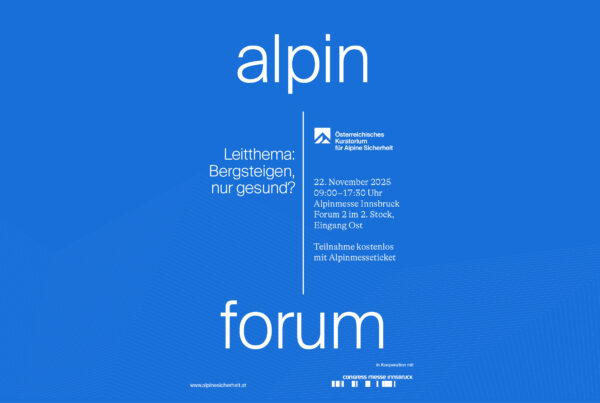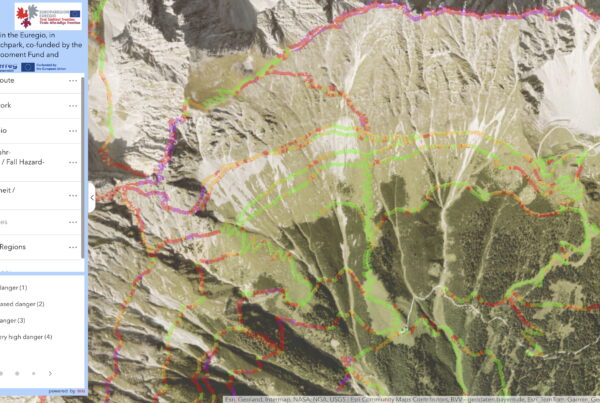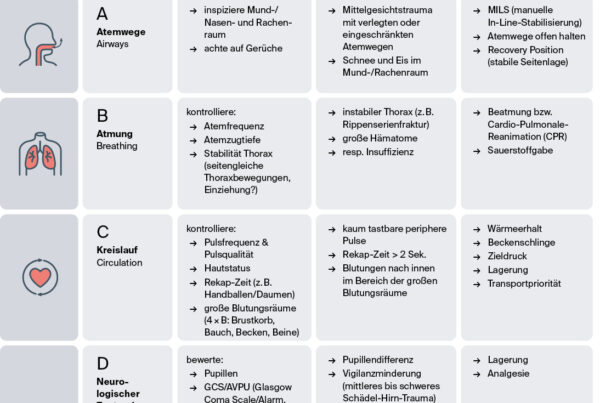
“It has to be shorter, safer and more successful.”
Lukas Furtenbach, 48, is the owner of Furtenbach Adventures. He and his team have been organizing expeditions all over the world since 2014. One focus is Everest, which is promoted with short and safe expeditions. Lukas Furtenbach is neither an IVBV mountain guide nor a professional alpinist, but has stood on the summit of Everest himself several times and has been working on various acclimatization techniques since 2007 – in particular with hypoxia preparation at home and most recently with the inert gas xenon. With these new approaches, he has met with little approval and much criticism from the traditional high-altitude mountaineering community, although there have been no fatal accidents on his 8,000-metre expeditions to date. With the successful 7-day Everest expedition in spring 2025, the discussions about “real” high-altitude mountaineering, doping and ethics have reached their peak so far.
We asked Lukas Furtenbach what his business model looks like, what he does differently and how he deals with the criticism.
In conversation:
Lukas Furtenbach
Lukas Furtenbach, owner of the expedition operator “Furtenbach Adventures“
Interview:
Peter Plattner and Christina Schwann
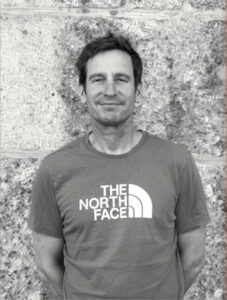
↑ Lukas Furtenbach after the interview with analyse:berg.
Photo: argonaut.pro
a:b
Which mountains can I book with you?
LF
The Seven Summits, six of the other 14 eight-thousanders, the North and South Poles for the Explorers Grand Slam (when asked by the editors: i.e. the Seven Summits plus the two poles) and various six- and seven-thousanders in Nepal and South America, which mainly serve as preparation for Mount Everest or other eight-thousanders.
a:b
What was the development from classic expeditions to the 1-week Flash Everest?
LF
My original idea was to stay away from the popular and sought-after peaks and concentrate on exotic, unknown mountains. A nice idea, but one that doesn’t sell. We don’t have a market for that.
So out of economic necessity, I focused on the more well-known mountains. The question here was how we could find our place in this very competitive market with many providers in every price category: Everyone can hire the same mountain guides, everyone can offer the same comfort and luxury – it’s all easily replicable. However, where I always saw a problem and thus also recognized my niche was the duration of expeditions: it is too long and at the same time the success rate is too low. So it was normal to have to invest ten weeks for a 50 percent chance of reaching the summit.
And this is where I started. The duration of the expedition can be reduced by pre-acclimatization at home, which also shortens the time spent in a dangerous environment, making the expedition safer. And to increase the success rate, you have to increase the level of support. No one else on the market had this focus and it was clear that we would find our place if we managed to implement it.
Hypoxia expertise was already available. I myself was a participant in a study by Martin Burtscher in 1999 and have been in regular contact with him ever since. Working on the topics of safety and support was relatively easy – we mainly needed accident analyses to see what could be improved.
The breakthrough came with our first Everest expedition in 2016. This only came about because I was asked by the Pro7-Sat1 group if I would like to take part in their Everest documentary. At that time, however, we didn’t have any clients and it was clear that no one would book with us either. After all, we had never been to the summit, had no Everest experience and no mountain guides, etc. So why should anyone pay us anywhere near as much money as a competitor with a long Everest history?
The idea was therefore to offer our concept of a short expedition with hypoxia preparation, cover a large part of the costs via the film production and thus – quite nastily – attract clients by offering a very low price with a high level of service. As a result, we actually got six customers who paid a very low price. This meant that the expedition was not profitable, but the combination with the film production at least covered the costs. The media attention was all the greater for it. Not only because it was a relatively short expedition, the first time an entire Everest team had pre-acclimatized, but also because various film records were set: e.g. the first drones on Everest, the first 4K production and the first 360° production.
This meant that we quickly had bookings for the following year at the usual market price. Nevertheless, we knew there was still a lot of potential for optimization: for our team, for the customers, the workers on the mountain, the duration, the quality, the comfort, the safety and the chances of success. The clearly defined goal was to become the safest and most successful Everest providers.
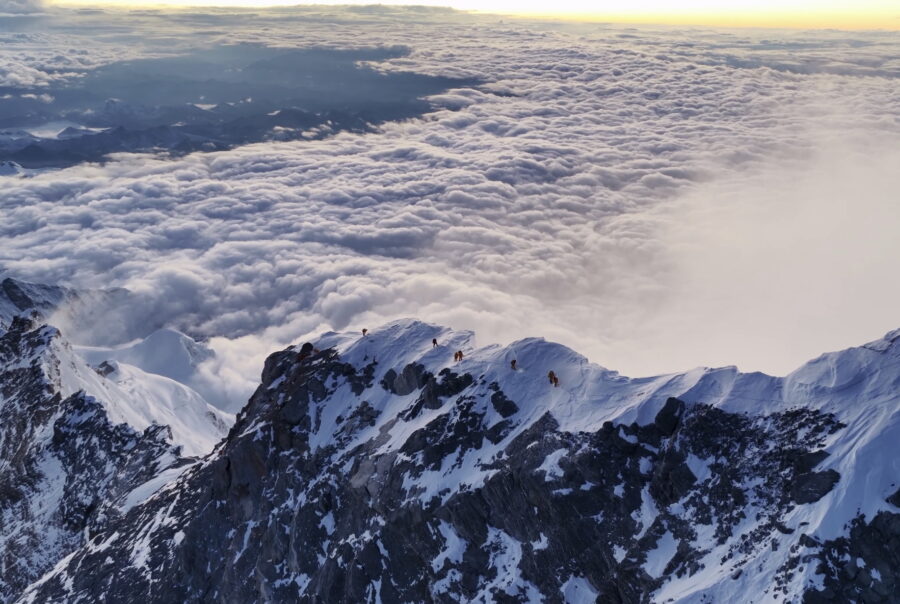
During this time, the market environment was changing dramatically. Major players, whether American or European companies that had been active for decades, were struggling with heavy losses and were insolvent or on the verge of insolvency. The reasons for this were the prices of between $70,000 and $80,000 and the product on offer: a mountain guide or expedition leader, Sherpas and more or less independent clients with relatively little support on the mountain.
At the same time, the market share of the “new” Nepalese providers, who offered the exact same product – but without the western expedition leader – for $20,000 to $30,000, increased significantly.
Surveys have shown that a good 90 percent of Everest clients decide on the basis of cost. Only 10 percent want security and a high chance of success and do not look at the price. The majority of price-sensitive customers then naturally switched to the Nepalese providers.
These made the same mistakes as the Western providers in the 1990s. They only worked to maximize profits and disregarded everything else. As a result, this upswing also stagnated, albeit on a plateau.
In principle, these were unguided expeditions and if something happened, it was argued that you could die on Everest. The responsibility was always shifted to the participants: “You are the climbers, we only provide the permit and the logistics”. The market share leveled off at around 70 percent for the Nepalese and only 30 percent for Western operators, and there were many accidents and deaths over a period of five to eight years. Today, after many improvements by the Nepalese operators, the ratio is 60 percent Nepalese to 40 percent Western operators.
It was precisely at this time that we focused on improving our product in terms of safety and success rate. This began – and has not changed to this day – with the selection of participants. I only have a chance of reaching the summit if I take competent and fit customers with me. The persistent prejudice that we will take anyone up if they pay enough is simply nonsense. That would be counterproductive for us, as our success rate would plummet in the long term. And we are not only very strict in the selection of participants, but also in their preparation: they have to undergo technical training, complete performance diagnostics, undergo medical checks, and so on. In fact, we demand so much that quite a few of our customers drop out during this process – because it is easier for them elsewhere. But this strict approach has helped us to achieve a 100 percent success rate since the first Everest expedition. Together with a high investment in safety, these are the two main selling points for us.
Incidentally, this success rate is defined as follows in coordination with the Himalayan database: Participants who reach Basecamp and start the Summit Push Up from Basecamp.
The investment in safety is primarily about oxygen, with a focus on oxygen logistics. As with commercial tourist diving in the major destinations, there must be clear criteria and protocols. We have a safety check procedure similar to that used in aviation. There must be no mistakes and you must not miscalculate, e.g. that you have deposited too few shallows at the southern saddle.
It takes a lot of mental work to rule out such mistakes and set up an appropriate system that also includes enough reserves. When diving, nobody goes underwater with just one regulator. In mountaineering, a regulator was standard. If this system is damaged or you lose it, you have nothing left – and there is no one else around who has a second one.
A big problem with a simple solution, but one that costs money. Until shortly before 2020, nobody actually thought about making the system redundant. It was clear to us from the very first expedition that every oxygen system up there had to be duplicated: a second regulator, a second mask and the oxygen itself – for every Sherpa, mountain guide and client.
This year, the first other operators started to carry 10 percent of their oxygen systems redundantly as a backup. However, this is still not standard. If you can rule out the possibility of someone dying due to a lack of oxygen supply, you would avoid 98 percent of deaths.
“If you can rule out the possibility of someone dying up there due to a lack of
oxygen supply, then you avoid
98 percent of deaths.”
a:b
Thank you, Lukas, for this great advertising statement. But we’ve known since 1978 that Everest can be climbed without oxygen. Real mountaineers are self-reliant and seek adventure. Even back then, many high-altitude mountaineers and providers predicted that your approach was the wrong one and that you were bringing people up the mountain who had no business being there.

